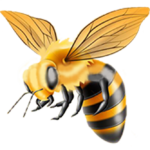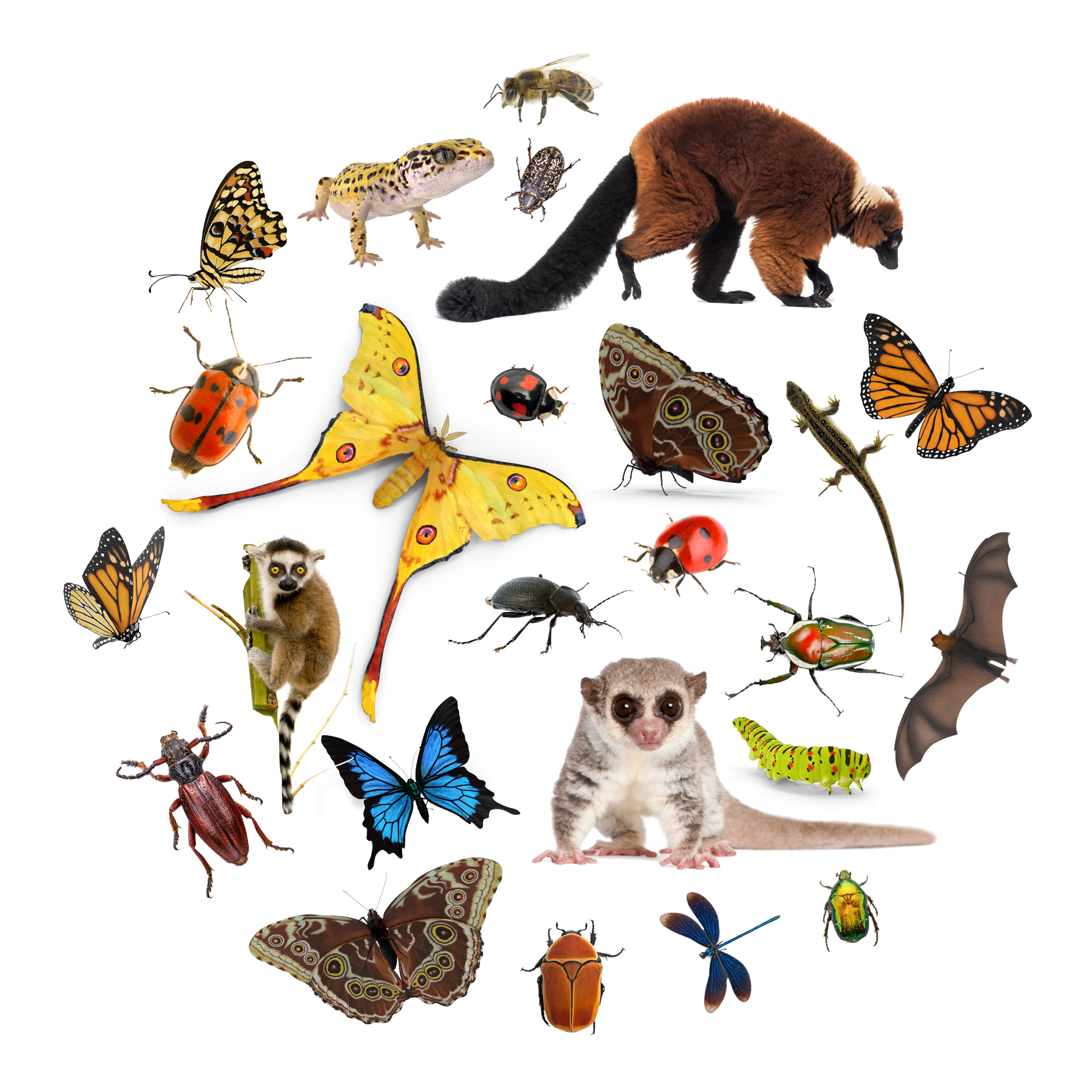Bee Inspired!!
scroll down for facts and fun
(about Bees & Trees, and other pollinators too!)

Bees for Beginners!

Honey Home!
Bees construct hives by chewing wax until it becomes soft, then bonding large quantities of wax into the cells of a honeycomb.

Bees in Flight!
Honey bees are speedy. The Western Honey bee flies at about 20 miles per hour and beat their wings 200 times per second!

Sweet on Honey
Honey has a rich natural sugar content. Also, it contains properties that can help fight off bacteria and other germs.

The Colony!
Beekeeping is the maintenance of bee colonies, commonly in man-made hives, by humans. Most such bees are honey bees.

Buzzworthy facts about Bees!
Learn how this artist is inspired by Bees!
Matthew Willey is on a mission to paint 50,000 bees on buildings all around the globe, as part of an ambitious project called ‘The Good of the Hive,’ which aims to highlight growing threats to pollinators!
“The Good of the Hive® is an idea, a movement, an organization and an adventure founded by artist Matt Willey on a personal commitment to hand-paint 50,000 honey bees – the number necessary for a healthy, thriving hive – in murals around the world. The mission: ignite radical curiosity for planetary health issues through art and storytelling. The bee and her hive are the artist’s symbols, but at the essence it is about activating and celebrating the power in human connection.
Honey bees within the hive ‘think’ collectively. They are hard-wired to understand that their immune system is collective. Their health is based on the health of the hive, not the individual bee. After a personal experience with a honey bee in 2008, Matt realized that human health is the same way, although we rarely act like it. If COVID-19 has taught us anything it is that we are truly all connected more deeply than we realize. The global hive Matt is painting is a metaphor for the connectedness of all things. The bees are a symbol for humans, trees, animals, pollinators, water, soil and everything in between.”
~Excerpt from THE GOOD OF THE HIVE

Pollinator Fun Facts!!
-
- Pollinators support biodiversity! There is a correlation between plant diversity and pollinator diversity.
- Insects (such as bees, wasps, moths, butterflies, flies, beetles) are the most common pollinators, but as many as 1,500 species of vertebrates such as birds and mammals serve as pollinators too. These include hummingbirds, perching birds, fruit bats, opossums, lemurs and even a lizard (the gecko).
- In the U.S., pollination produces nearly $20 billion worth of products annually.
- The Honey Opossum is an important pollinator in Australia for the flowers of the eucalyptus tree.
- The white ruffled lemur is the world’s largest pollinator.
- One native leaf cutter bee can do the pollination job of 20 non-native bees.
- The tiny chocolate midge is the ONLY pollinator who serves the cacao plant.
- About 1 out of every 3 bites of food exist because of our precious pollinators.
LINKS WE LOVE!

